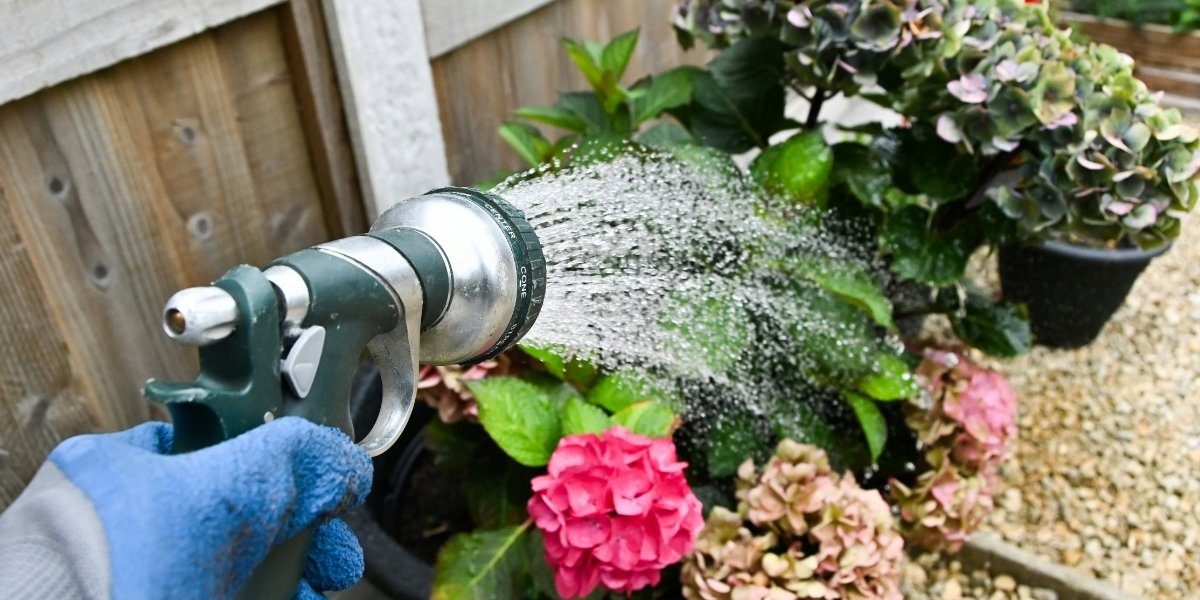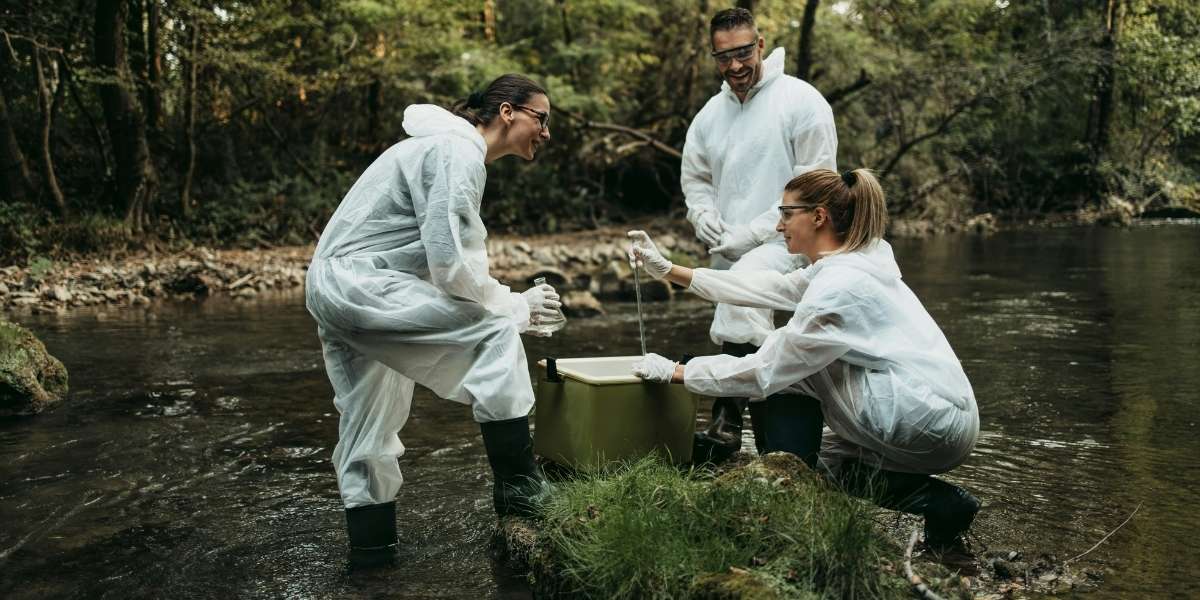What is Xeriscaping?
Xeriscaping is a landscaping method that focuses on reducing water use through efficient water management and drought-tolerant plants. The term comes from the Greek word “xeros,” meaning dry, and is commonly used to describe landscaping techniques that minimize the need for supplemental irrigation, especially in arid and semi-arid regions.
As water conservation becomes increasingly important, xeriscaping is gaining popularity in regions prone to droughts or those facing water scarcity. This landscaping approach not only saves water but also helps create beautiful, sustainable gardens that are well-suited to the local environment.
Read Also: Dancing Your Way to Wellness: The Benefits of Moving to the Beat
The Benefits of Xeriscaping
There are many environmental, economic, and aesthetic benefits to xeriscaping. By choosing plants that require little water and reducing the need for irrigation, xeriscaping can contribute to significant water conservation. Additionally, xeriscaping can lower your water bills, reduce the time and money spent on maintaining a traditional lawn, and even help improve local biodiversity by supporting native plants and wildlife.
One of the most significant benefits of xeriscaping is its ability to adapt to the climate. Plants selected for xeriscaping are well-suited to local conditions, reducing the need for fertilizers, pesticides, and excessive care. As a result, xeriscaping can create low-maintenance gardens that thrive with minimal effort.
Principles of Xeriscaping
There are seven core principles of xeriscaping that help guide the creation of water-efficient landscapes:
1. Planning and Design
Proper planning and thoughtful design are the foundation of any xeriscaping project. The first step is to assess the climate, soil, and water availability of your region. Understanding the natural environment helps you choose plants that are well-suited to the local conditions. Grouping plants with similar water needs together also helps reduce water usage and makes maintenance easier.
2. Soil Improvement
Healthy soil is crucial for the success of any garden, especially one that is water-efficient. In xeriscaping, it is important to improve the soil’s structure and drainage. Adding organic matter such as compost can help soil retain moisture while also improving its ability to drain excess water, preventing root rot and encouraging healthy plant growth.
3. Plant Selection
The choice of plants is at the heart of xeriscaping. Drought-tolerant plants—including native plants, succulents, and certain ornamental grasses—are ideal for xeriscaping because they are adapted to dry conditions. Choosing plants that thrive in your specific climate will ensure that they require minimal watering. Native plants are especially beneficial because they are already adapted to the local environment, reducing the need for fertilizers, pesticides, and irrigation.
4. Efficient Irrigation
Although xeriscaping emphasizes minimal irrigation, using water efficiently is still important. Drip irrigation and soaker hoses are excellent options for watering plants directly at their roots, minimizing water waste and evaporation. Installing a rain barrel or irrigation system that adjusts to weather conditions can further enhance water efficiency.
5. Mulching
Applying mulch to garden beds is an essential part of xeriscaping. Mulch helps retain moisture in the soil, prevents evaporation, and suppresses weeds. It also insulates plant roots, protecting them from extreme temperatures. Organic mulches, such as bark or wood chips, are especially effective at improving soil structure while providing the additional benefit of adding nutrients as they decompose.
6. Efficient Lawn Areas
While xeriscaping reduces the need for large expanses of traditional lawn, it’s still possible to incorporate some turf areas into your landscape. Opt for low-water-use grasses or groundcovers that require less maintenance and watering than conventional lawns. Consider using artificial turf in high-traffic areas if natural grass is not a suitable option.
7. Maintenance
Xeriscaping doesn’t mean no maintenance; it just reduces the amount of time and effort required to maintain a traditional garden. Regular tasks such as weeding, pruning, and monitoring the irrigation system are still necessary. However, these tasks are generally easier and less time-consuming in a xeriscaped garden due to the careful selection of plants and the efficient use of water.
Water-Wise Plant Selection for Xeriscaping
When choosing plants for xeriscaping, it’s essential to select varieties that are adapted to dry conditions and are well-suited to your local climate. Some excellent plant choices for xeriscaping include:
-
Succulents and Cacti: These water-storing plants are perfect for arid climates and can add visual interest with their unique shapes and colors.
-
Lavender: A hardy, drought-tolerant herb that thrives in dry soil and provides beautiful fragrance and color.
-
Yuccas and Agaves: These hardy plants are excellent for xeriscaping due to their low water needs and striking appearance.
-
Ornamental Grasses: These plants are ideal for adding texture to a xeriscape garden, and many varieties require little water.
-
Native Wildflowers: These plants have evolved to thrive in local conditions, making them perfect for water-wise gardens.
Common Mistakes in Xeriscaping and How to Avoid Them
While xeriscaping is an effective method for reducing water usage, it’s important to avoid some common pitfalls:
Overwatering
One of the most common mistakes in xeriscaping is overwatering. Many people mistakenly believe that drought-tolerant plants require frequent watering. In reality, most xeriscape plants need deep, infrequent watering to encourage deep root growth.
Inadequate Plant Selection
Another common mistake is selecting plants that are not suited to the local climate. Make sure to choose native plants or varieties known for their drought tolerance. Doing so ensures that your plants will thrive with minimal watering.
Ignoring Soil Health
Neglecting soil improvement can lead to poor plant growth, even in xeriscaped gardens. Always focus on improving soil health by adding organic matter and ensuring proper drainage.
Read Also: The Power of Authentic Content in Modern Marketing
The Future of Xeriscaping
As climate change continues to impact water availability, xeriscaping is becoming increasingly important for homeowners, landscapers, and cities worldwide. In 2025, we are likely to see more widespread adoption of xeriscaping techniques, with advances in water-efficient technologies, plant breeding, and landscape design.
In addition to its environmental benefits, xeriscaping is also an aesthetically pleasing option for creating unique and vibrant gardens that require minimal upkeep. It offers a sustainable solution to water management, especially in regions prone to drought, and helps communities adapt to the changing climate.
Xeriscaping is an effective and sustainable way to create beautiful, water-efficient gardens. By following the principles of careful planning, proper plant selection, and efficient irrigation, homeowners can reduce their water consumption while maintaining an attractive landscape. As the world faces increasing water challenges, xeriscaping offers a practical and environmentally conscious solution for the future of gardening.














